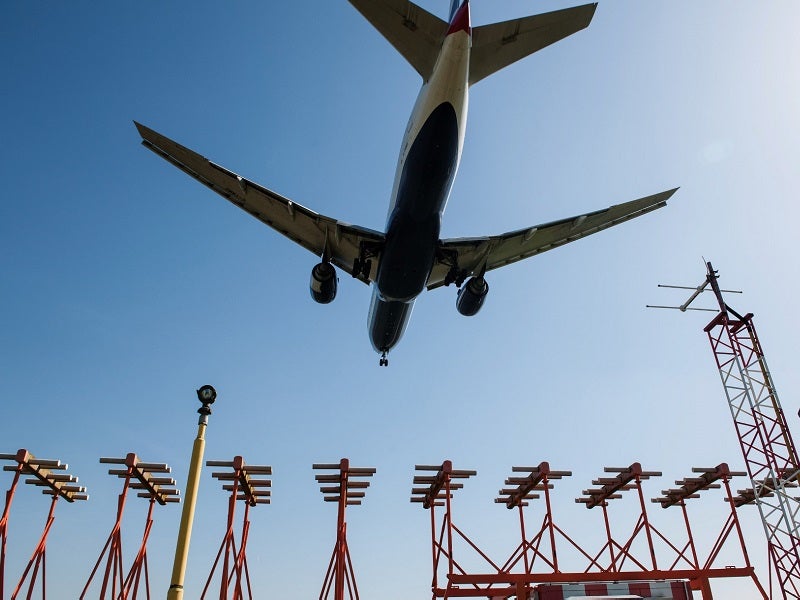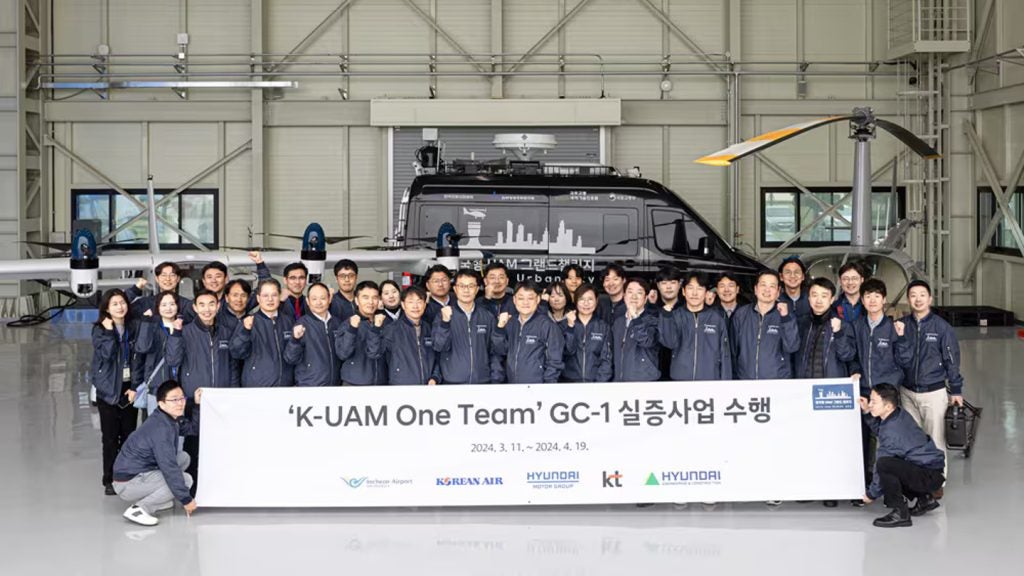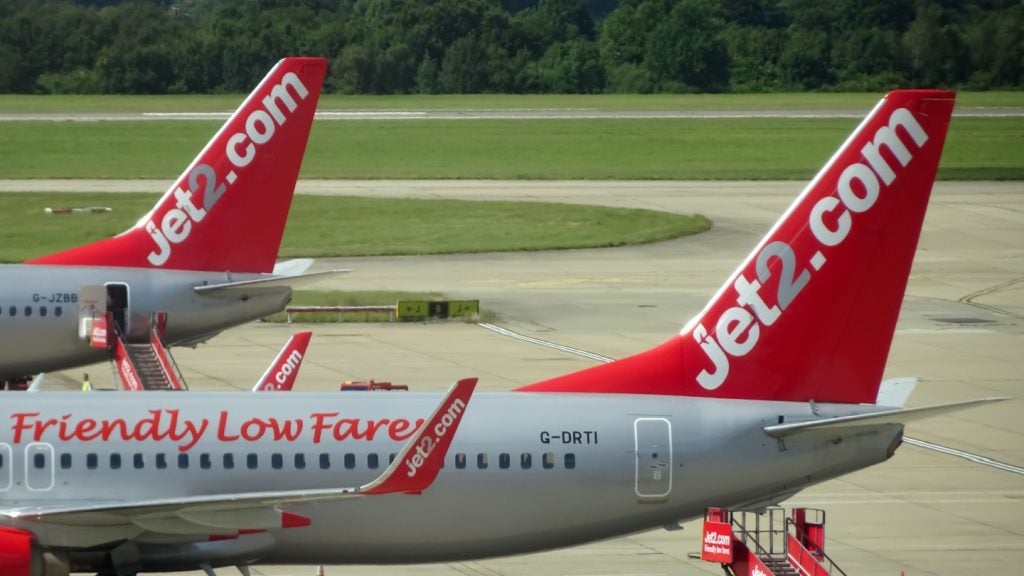
Despite growing concerns over the impact of air travel on the climate, global appetite continues to grow. It is estimated that in 2020, 40.3 million commercial flights carrying 4.7 billion passengers will take to the skies, up by more than a million on 2019 according to projections from the International Air Transport Association and data provider Statista. It stands to reason some will be delayed due to unforeseen circumstances, including inclement weather.
Since 2015 London’s Heathrow Airport has been benefiting from Intelligent Approach, a suite of controller tools developed by NATS and Leidos. “We would say this but our controllers are probably amongst the best in the world at delivering optimal separation on final,” says Andy Shand, NATS head of queue and capacity management solutions. “But they’ve got better since the system went live.”
Instead of using the longstanding fixed distance-based separation on final approach, dictated by the wake vortex separation criteria, or radar separation criteria, Intelligent Approach utilises Time Based Separation (TBS), a first in commercial aviation. Fixed distance has its drawbacks, explains Shand: “The problem is that as the headwind increases, then near ground speed drops,” he says. “It’s a bit like walking the wrong way up the travellator, you’re moving slower and therefore the landing rate at the airport drops as the headwind increases.”
In 2018, as well as handling more than 1,300 passenger flight movements daily – more than 80 million passengers annually – the airport received 1.7 million metric tonnes of cargo, whilst contending with the challenge of headwinds on final approach. It is with that in mind, and the criticality of the airport to the European and international flight network, that Intelligent Approach was first conceived.
What is Time Based Separation?

Shand explains if there is a large aircraft – an A380 for example – coming into land, a smaller aircraft needs to be further away to ensure it stays clear of the wake vortex that’s generated. “What we’ve done traditionally is have a set of wake vortex categories. Most airports around the world have four categories of aircraft, from super heavy to light. Then you have a fixed distance-based separation between those aircraft on final approach” he says.
How well do you really know your competitors?
Access the most comprehensive Company Profiles on the market, powered by GlobalData. Save hours of research. Gain competitive edge.

Thank you!
Your download email will arrive shortly
Not ready to buy yet? Download a free sample
We are confident about the unique quality of our Company Profiles. However, we want you to make the most beneficial decision for your business, so we offer a free sample that you can download by submitting the below form
By GlobalDataAs part of its safety case, NATS collated 150,000 movements worth of data over five years at Heathrow, providing an insight into how the wake vortex behaves under different wind conditions and for different aircraft types. Shand says it proved that as the headwind component increases, the wake vortex actually dissipates faster, meaning aircraft can be positioned closer together.
From this work, a set of rules was compiled governing the amount of time required for safe landings, for each combination of aircraft and weather conditions. However, the next challenge was to ensure wind speed data was both accurate and timely, something not before possible. “If you just use Met forecast wind that’s really not accurate enough to do this sort of operation,” Shand says.
As part of the technology a glide slope wind condition service was developed which uses data downlinked via the radar from the aircraft, updated every four to six seconds depending on the scan rate of the radar. This resulted in exceptionally accurate final approach wind speed data.
Working with Leidos, NATS developed a suite of tools and displays to relay this information to controllers, allowing them to adjust separation to match the prevailing conditions. As an example, the distance between heavy aircraft, a 777 followed by a 747, would be four miles. It takes 90 seconds for the aircraft to cover that at 160 knots. In a 35-knot headwind that could be reduced to 3.4 miles with TBS.
Labelling its introduction at Heathrow a success, Shand says Intelligent Approach has cut delays due to strong headwinds by 60% and improved end-to-end punctuality by 2.5%. It has also reduced the total amount of time aircraft spend in holding delays by 230,000 minutes annually, reducing fuel consumption by 15,000 tonnes or 47,000 tonnes of CO2. But what makes the system “intelligent” are the additional benefits it offers.
“We very quickly realised that once you’re putting dynamic separation indicators in front of the controller, we can use those separation indicators for a number of different reasons,” says Shand. Moving from the International Civil Aviation Organisation (ICAO) four category wake vortex separation, NATS implemented a recategorized (recat) six wake system, saving even more miles thanks to more granular separation standards.
A further development, “Optimised Runway Delivery”, means when an aircraft is within 4 miles of touchdown, slowing to its required landing speed, algorithms can visualise that slowdown and add compression into the separation being applied accurately showing the separation all of the way to the runway threshold.
Because the system allows for additional landing capacity, controllers are provided even greater runway occupancy information, ensuring that whilst more landings are possible, runway management is enhanced. This, NATS says, is “Enhanced TBS” which went live in March 2018. It has seen tactical capacity at Heathrow increase by two further landings per hour without any changes to physical infrastructure, such as exits and taxiways, and no flight paths had to be adapted.
“It has greatly improved the resilience and the operational performance of the airport,” says Shand. “Even though we’re putting aircraft closer together than we used to, actually our safety performance and the number of go-arounds has not got worse. In fact with TBS, the amount of wake turbulence encounter reports actually went down.”
International airports look to utilise Intelligent Approach

In October 2019, Dutch air traffic service provider LVNL announced it was hoping to have Intelligent Approach fully operational at the country’s Schiphol Airport by the end of 2020. Serving almost 100 airlines, it is a crucial part of Holland’s and Europe infrastructure. It’s unique weather – often windy with varying speeds and directions – means this solution could be ideally suited for its requirements.
Earlier that year, the owner and operator of Canada’s civil air navigation system, Nav Canada, signed a contract to purchase Enhanced TBS at Toronto Airport. Shand says that facility is very similar to Heathrow, meaning the benefits it should see when the first phase goes live in June 2020 will be akin to those at Heathrow.
The system is also being rolled out to Gatwick Airport, a move Shand says will add capacity for as many as three additional movements (arrivals and departures). “We’re already running Gatwick at a scheduled 55 movements an hour on a single runway, way more than any other single runway airport around the world. So you’re starting to get close to the magic 60 off of one runway,” he says.
The success of Intelligent Approach since its first use in 2015 is clear, but NATS and partners are continuing to evolve the platform. The next big technological advance will be “Pairwise Separation”, currently going through simulation testing. It does away with wake vortex categories altogether, instead individually tailoring separations between each pair of aircraft. “That should give us about another one and a half, possibly two, additional landings an hour in tactical capacity,” Shand says.
Configurable to almost any facility and costing far less than making changes to physical infrastructure, Shand has great hopes for the future of Intelligent Approach. “We’ve got interest from a number of other airports around the world, so I think it’s something you’ll see rolling out; certainly to the more capacity constrained airfields.”
He adds the system’s introduction to Heathrow has been a “gamechanger”. “We expect exactly the same thing to happen with Toronto and with Schiphol, and of course Gatwick when we go live,” he concludes.







